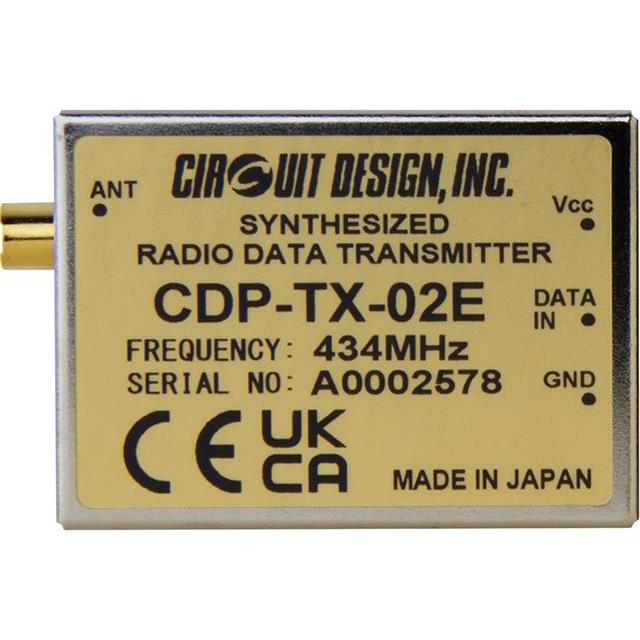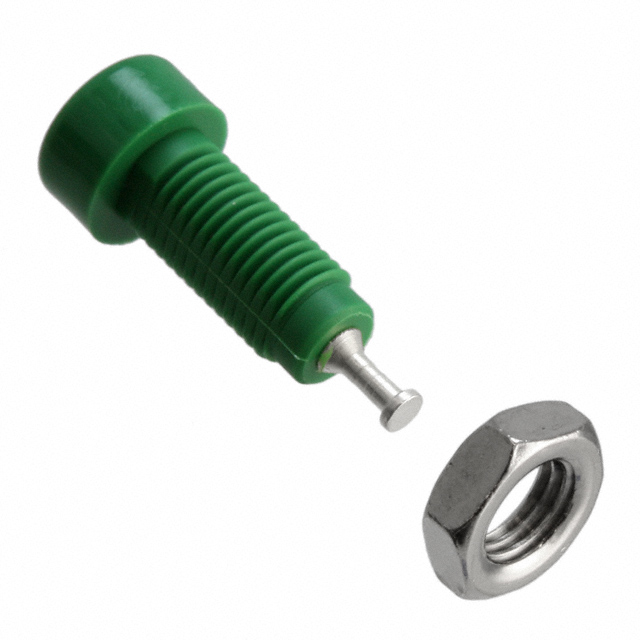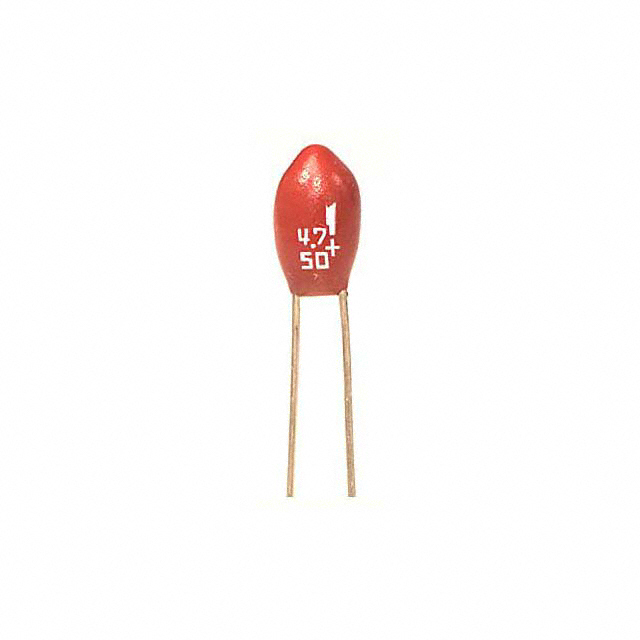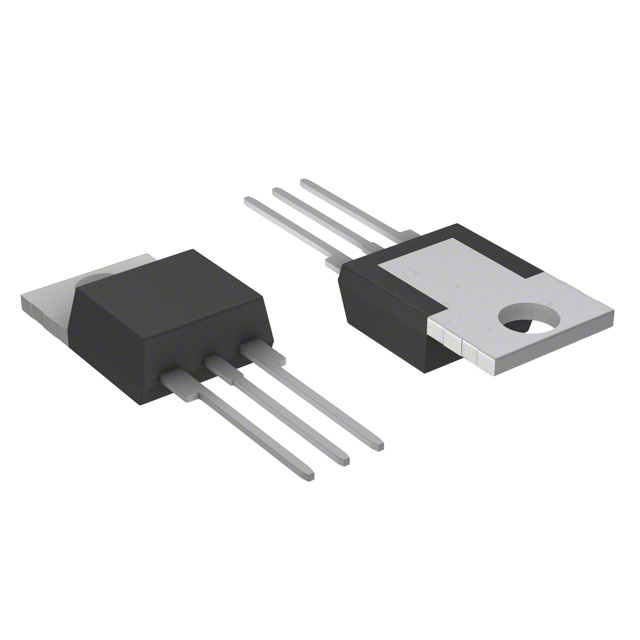Quantity
Price
Total price
1
$122.4300
$122.4300
10
$111.3000
$1,113.0000
| TYPE | DESCRIPTION |
| Mfr | Circuit Design |
| Series | - |
| Package | Bulk |
| Product Status | ACTIVE |
| Modulation or Protocol | FSK |
| Data Interface | Serial |
| Operating Temperature | -20°C ~ 60°C |
| Voltage - Supply | 3V ~ 12V |
| Applications | ISM |
| Data Rate (Max) | 4.8kbps |
| Current - Transmitting | 43mA |
| DigiKey Programmable | Not Verified |













